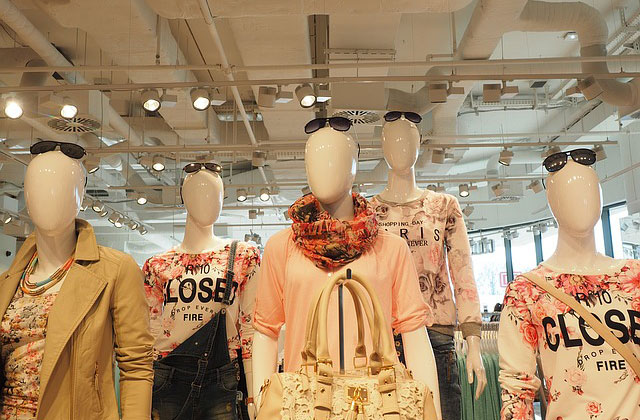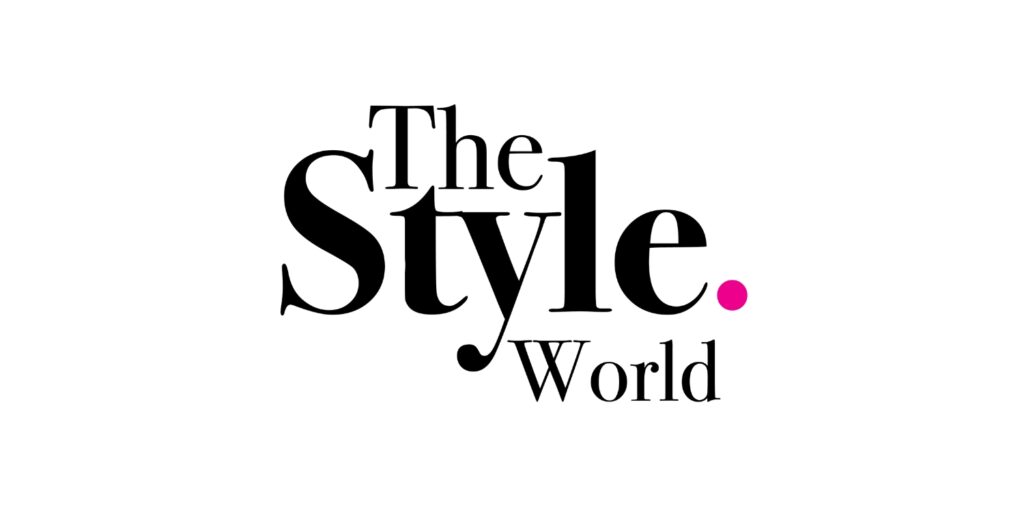Is the Fashion Industry Really Required? Understanding the Significance of Fashion
Jd Institute
- March 8, 2023
- 5 min read
- Career, Entrepreneur, Life, Productivity

Examining the Significance of Fashion in Modern Society
What we need is Fashion which is akin to Art, or the way we view Art. Exclusive, niche, where each creation is a masterpiece, done in a specific style. Like Art is exhibited at exclusive events, so should Fashion exhibit thematic or the latest seasonal collections at glitzy, high-profile events. Fashion should be esoteric like Art.
Historically, very few fashion designers have achieved fame such as Coco Chanel, Yves Saint Laurent, or Christine Dior and their set. They have created haute couture and prêt-á-porter (“ready-to-wear”), and have been influential in setting trends in fashion. Here, Fashion is like Art, and belongs to the realm of Art.
Instead, we have a multibillion-dollar global enterprise churning out fabricated clothing for sale worldwide. These include ‘high fashion’, often luxury brands, and ‘mass fashion’ products from the apparel industry. The lines between the two industries have blurred. Our fashion industry now includes a range from designer wear or haute couture to popular clothing like sportswear, athleisure and street styles that are produced for the masses.
The Economic Impact of Fashion: Job Creation, Trade, and Investment
One positive though for the fashion industry is its employment and income-generation capacity. Myriads of opportunities in activities like designing, manufacturing, distribution, marketing, retailing, advertising, and promotion of a range of apparel for men, women, children and now, on offer. Broadly speaking “fashion industries” include the entire gamut of activities that directly serve this sector, as also allied industries and services that support the fashion world and employ millions of people internationally.
While fashion has existed since time immemorial, (think Cleopatra) ‘fast fashion’ or ‘mass fashion’ is a product of the 20th century. We saw emergence of newer technologies such as the sewing machine, the demand for such products with the rise of global capitalism and the advent of the factory system of mass production. As a consequence of this, there has been a proliferation of retail outlets such as department stores, standalone stores and malls —all selling clothing that are at times copies of original designer wear, and sold for a fraction as they come to be mass-produced.
However, we need to pause right here and consider the industry’s impact on the environment? It has been far-reaching to say the least. The fashion world now is very much a global phenomenon where sourcing of raw material (fabric) may happen in China, manufacturing in Vietnam, and finished goods elsewhere.
A large sector of the textile industry produces fabrics for use in apparel. Both natural fibres and synthetic fibres are used. But luckily, the world has seen a growing interest in environmentally – friendly fibres such as jute or hemp.
The Future of Fashion: Trends and Challenges in the Industry
In the 21st century textile manufacturing processes have been highly automated and carried out by computer-controlled high-speed machinery. Speed enables fast fashion. Traditional design techniques like hand sketches have been replaced by computer-assisted designing, and fabrication leading to high-speed delivery. The phenomenon of the internet became an increasingly important virtual retail outlet, where the presence of customers has been 24/7.
Red Carpet events like fashion shows are platforms where retailers/fashion buyers, to the media, and ultimately to customers are targeted. The non-stop media blitzkrieg via featuring articles, advertisements, fashion magazines like Vogue—the rise of fashion photography and with it, magazine advertising rapidly became a principal marketing tool for the fashion industry.
It is a virtual race against time to cut back on the negative impact of mass fashion through mitigation and reduction of carbon foot print at an individual level. With the popularity of fast fashion, we are dealing with overconsumption and waste – and its negative impact on the environment.
In the UK market alone, for example, annually 300,000 metric tons of textiles end up in landfills (20%) or burnt (80%) in incinerators. The amount of material being recycled to make new clothes is less than 1%. According to a UK’s House of Commons Environmental Audit Committee report, “Textile production contributes more to climate change than international aviation and shipping combined…”
All this has had a dire impact on our fragile eco-system. According to The Ellen Macarthur Foundation more than $500 billion of value is lost each year due to clothing “underutilisation and the lack of recycling”, while total greenhouse gas emissions from textiles production amount to 1.2 billion metric tons annually.
By 2050, the global fashion industry could use more than a quarter of the global carbon budget associated with a 2℃-temperature rise.”
All of this is alarming, but there are several ways each of us could bring in changes to mitigate this growing crisis.
- Buy less and wear more, can save carbon, water and waste per metric ton (WRAP’s Valuing Our Clothes report)
- Read the label for information on the material used. Bio-based synthetic polymers made from renewable crops like corn and sugarcane release “up to 60% less carbon emissions” and show the use of recycled polyester (rPET). Major retailers including IKEA and GAP have committed to use of recycled polyester substantially over the years. Use of organic cotton production could minimise the environmental impact by reducing the use of chemical fertilisers, pesticides and water.
- Use discretion while washing, because a 6kg domestic wash has the potential to release as many as 700,000 fibres into the environment. Check if a garment needs a wash after the first wear. Airing and exposure to sunlight sometimes does suffice. Washing at lower temperatures saves energy for instance.
In 2018, it became fashionable to calculate the ‘cost per wear’ (CPW) of a clothing item – the lower the cost, the more value the wearer was getting out of a fashion garment.
So, we need to decide how much of fashion we want. Is the fashion industry really required? Or is it more about preserving fashion then?
*The Soil Association told the Environmental Audit Committee








